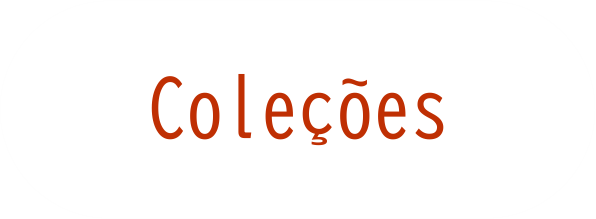Feeding behavior of Aedes aegypti larvae and toxicity of dispersed and of naturally encapsulated Bacillus thuringiensis var. israelensis.
Autor(es): Khawaled K; Barak Z; Zaritsky A
Resumo: Two modes of feeding behavior, filtering and scavenging, of Aedes aegypti larvae were investigated. Ingestion rates of Bacillus thuringiensis var. israelensis spores and filtering rates of spore suspensions were determined. A rise in filtering rate and a reduction of ingestion rate were observed as the spore concentration was increased. Higher scavenging was found when the carcass density was lower or when another food source was abundant. Consumption of B. thuringiensis var. israelensis-killed larvae caused death of the scavengers. When the toxicity of the scavengers' carcasses was quantified and compared with that of B. thuringiensis var. israelensis powder, the latter seemed to be more effective than an equivalent number of spores ingested with a carcass, whether intact or homogenized. Great variability in toxicity of single carcasses was observed and can be explained by a similar variation in the number of spores per carcass at the end of a recycle
Imprenta: Journal of Invertebrate Pathology, v. 52, n. 3, p. 419-426, 1998
Identificador do Objeto Digital: https://doi.org/10.1016/0022-2011(88)90054-7
Descritores: Aedes aegypti - Cell
Data de Publicação: 1988








